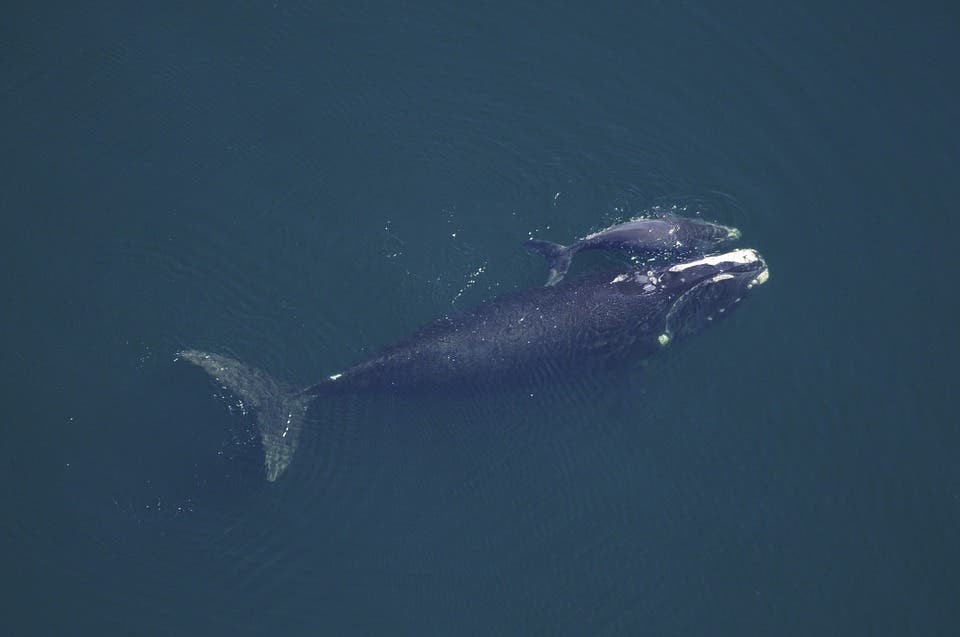A single-letter difference in their genetic code dictates whether a whale species will be sleek and slim — or big and fat.

Image credits David Mark.
Genes dictate everything about how our bodies look, behave, and live. Changes in a genome, then, will have an effect on what the animal encoded by those genes ends up being. Even the minutest of changes can have a really big impact — case in point, cetaceans.
Huge results
A paper led by Liyuan Zhao, a marine biologist from Ocean University in China and co-authored by Roger Cone, an obesity researcher at and director of the University of Michigan Life Sciences Institute, reports that the variation of a single amino-acid in whales led some species to evolve muscular bodies and prey on fish and seals, while other species grew to be the biggest mammals alive today, filter-feeding on immense volumes of krill.
Cone has spent the better part of his career studying the melanocortin system. This is a collection of central nervous circuits dictates how much energy a body stores as fat. In humans, mutations affecting this system are one of the most common genetic causes of early-onset obesity, and it functions similarly in all mammals and fish. While at the lab for a visiting fellowship, Zhao picked up on the idea; given its central role in maintaining energy balance, she wanted to see if variations in genes affecting the melanocortin system could explain the evolution of such different feeding behaviors and body sizes in the two main whale suborders.
Odontoceti, such as dolphins and killer whales, hunt their meals and the smallest members of the suborder usually grow to around 1.5 m (5 ft.) in length. In stark contrast, Mysticeti, such as humpback or blue whales, are filter-feeders which can grow well over 30.5 m (100 ft.).
Tiny causes
Working together with co-author Antonis Rokas, a Professor at the Vanderbilt University of Nashville’s Department of Biological Sciences, the two obtained DNA samples of 20 whale species from an existing repository at NOAA’s Southwest Fisheries Science Center in La Jolla, California. They were looking for the genes encoding the MCR4 neuropeptide receptor (a key receptor in the melanocortin system) and found one single difference, which perfectly correlated with one of the two groups:
Odontoceti (toothed whales) have the amino-acid arginine (A) in position 156 of their genetic code. Mysticeti (baleen whales) have glutamine in the same position of the genome. The team tied glutamine in this position to an increased sensitivity of the MCR4 receptor to the transmitter molecule that activates it.
“Our data suggest that the melanocortin system is more highly regulated in whales that hunt — and, conversely, that the giant filter feeders may receive reduced satiety signals from this system,” Cone explains.
“This difference could well have played some role in the divergence of these two major types of cetaceans — and may help explain the differences in feeding behavior and amazing range of body sizes among whales, which is far greater than in any other type of mammal.”
The team’s main interest is to take the results from “bench to bedside” and apply them to human health. Cone also joked that the research could go from “bench to barnside,” as the U.S. Department of Agriculture and the United States-Israel Binational Agricultural Research and Development Fund have funded the lab to apply their insight into feeding and growth of different species to improve feed efficiency in fish farms.
The paper “Functional variants of the melanocortin-4 receptor associated with the Odontoceti and Mysticeti suborders of cetaceans” has been published in the journal Scientific Reports.


